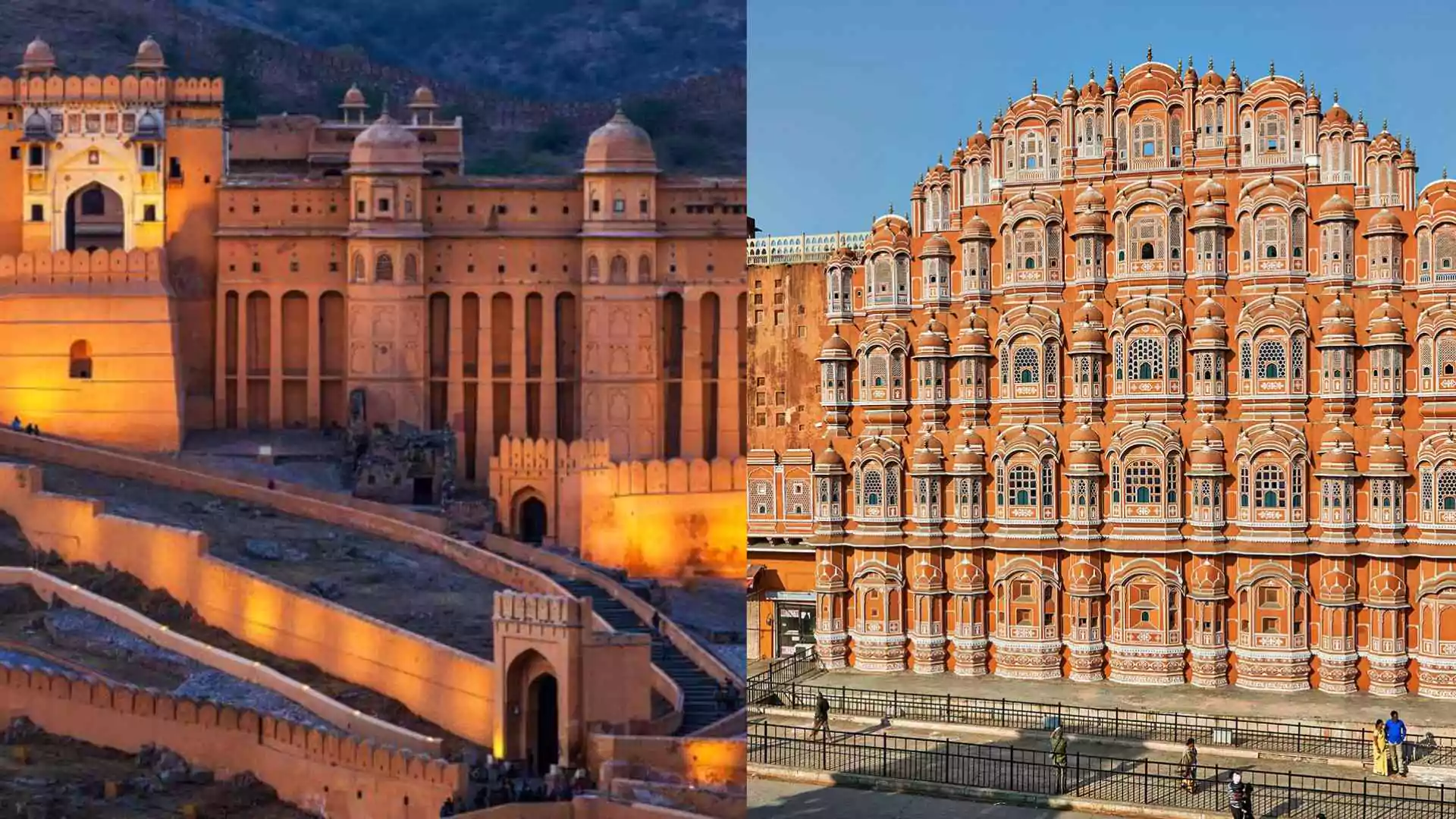Residents of Delhi have been consistently enduring a relentless and oppressive summer as the city’s scorching heatwave shows no signs of abating. With temperatures soaring well above normal, the India Meteorological Department (IMD) has been issuing multiple alerts, warning the people of the continued extreme heat and warm nights.
In the recent report by the IMD, it issued an orange alert for Monday, followed by yellow alerts for Tuesday and Wednesday. Delhi has already faced eight consecutive days of heatwave conditions, compounded by three uncomfortably warm nights. According to the IMD, a heatwave is declared when the maximum temperature exceeds 40 degrees Celsius and is at least 4.5 degrees above the normal temperature for the area. A severe heatwave occurs when the maximum temperature exceeds 45 degrees Celsius or is 6.5 degrees or more above normal. Warm nights are defined by minimum temperatures that are 4.5 degrees or more above the norm.
The current heatwave in Delhi is primarily driven by dry and warm westerly winds from Rajasthan and south Haryana. These winds persist throughout the night, contributing to elevated nighttime temperatures. Additionally, a western disturbance has caused partly cloudy skies, which prevent significant cooling during the night, resulting in warm nights and exacerbating daytime heat.
Meteorological officials explain that when both days and nights remain warmer than usual, residents find little relief from the heat, even during early morning or evening hours. This continuous heat accumulation leads to even hotter days as the ground retains more heat.
Climate scientist Madhavan Rajeevan who is the former secretary of the Ministry of Earth Sciences, attributed the extended heatwave spell to global warming. He noting its role in amplifying natural weather variability. We will tend to get more frequent, longer, and stronger heatwaves. We, therefore, need to be well prepared,” Rajeevan stated in a media interview.
Also read: Severe Heatwave Grips Uttar Pradesh, Mercury Soars Past 46 Degrees Celsius
The urban heat island phenomenon significantly exacerbates Delhi’s heat. As a densely populated metropolis with vast urban sprawl, the city’s buildings, concrete pavements, and asphalt roads absorb and retain heat more efficiently than natural landscapes. An analysis by the Centre for Science and Environment (CSE) highlights that heat stress in cities results from a combination of air temperature, land surface temperature, and relative humidity, leading to acute thermal discomfort.
The CSE analysis reveals that Delhi’s extreme heat is directly linked to increased built-up areas. The national capital’s built-up area has grown from 31.4% in 2003 to 38.2% in 2022. This urban expansion traps heat, particularly at night, making the city hotter.
Unlike coastal cities that benefit from moderating sea breezes, Delhi’s continental climate, characterized by its landlocked position far from the sea, results in extreme temperatures. The city’s summers lack the cooling influence of large water bodies, leading to significant heat buildup.
Furthermore, Delhi’s monsoon season arrives later compared to southern India, with the pre-monsoon months (April-June) typically being very dry. This lack of rainfall reduces evaporative cooling, a process that helps regulate temperature and provides a cooling effect.






















